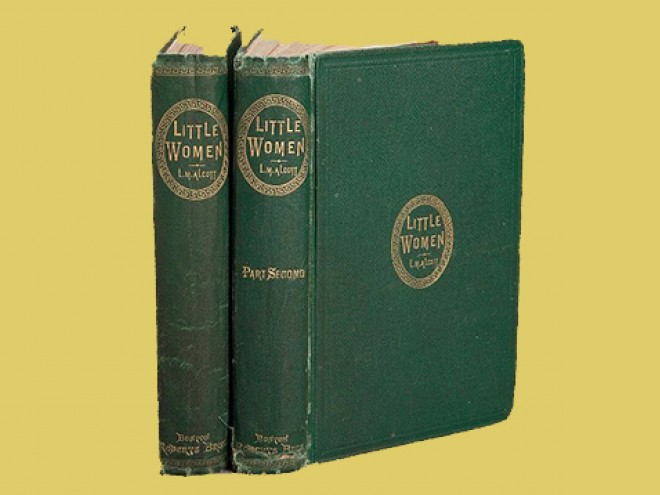Debbie Levy and Hector Borlasca’s Yiddish Saves the Day is about what author and humorist Leo Rosten named, The Joys of Yiddish. While other books for even the youngest readers have introduced a mensch here, and a bubbele there, Levy’s story is built on the specific and delightful premise that Yiddish is a language with superpowers. As she explains in “A Note for Families” at the end of the book, this more than a thousand years old Jewish language, has integrated words from many of the different places where Jews lived, producing a turbocharged lexicon of terms which are “so powerful, and so often comical.”
Readers are drawn into this Yiddish lesson through the familiar tale of a little boy who is having a bad day. He returns home from school quite upset at the tsuris, trouble,which he is suffering due to some frustratingly bad mazel. His inspiring teacher has given the class a motivating assignment: bring to school a list of words, presumably in English, which will add sparkle and zest to an ordinary spelling test. The boy has lost his carefully prepared list, as well as one of his shoes, making him feel like a true shlemiel. The book builds momentum through an element of mystery, but mainly focuses on his wonderful network of support — loving family members who are only too eager to suggest replacement words for his missing list. Levy’s engaging rhymed text includes such familiar anchors as klutz and chutzpah in telling a tale of happily resolved woe, but the author also brings in other cultural touchstones, such as a menacing golem and the supernatural dybbuk, whose curse could cause you to lose more than a shoe.
Hector Borlasca’s vibrantly colorful pictures are an appealing vehicle for Levy’s message. Even at the worst moments during the boy’s dilemma, people are smiling and every scene is full of purpose-driven action. Early twentieth century clothing and furniture give the book a nostalgic feel. At the bottom of most pages, a playful cat climbs on a word box with definitions and a pronunciation guide to the Yiddish words used. Spoken Yiddish today is largely found in Chasidic and other traditionally Orthodox communities. The Yiddish once spoken broadly among Ashkenazic Jews, from secular to observant, and the cornerstone of an incredible body of literature, has faded from daily life. Readers can kvell that Yiddish Saves the Day brings this world back to life for readers too young to have known it was gone.
Yiddish Saves the Day is highly recommended for children as well as adults who love the mamaloshen.
Emily Schneider writes about literature, feminism, and culture for Tablet, The Forward, The Horn Book, and other publications, and writes about children’s books on her blog. She has a Ph.D. in Romance Languages and Literatures.





